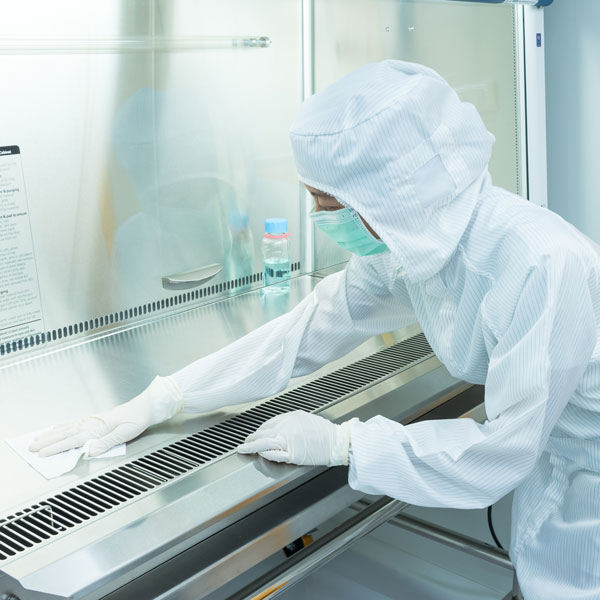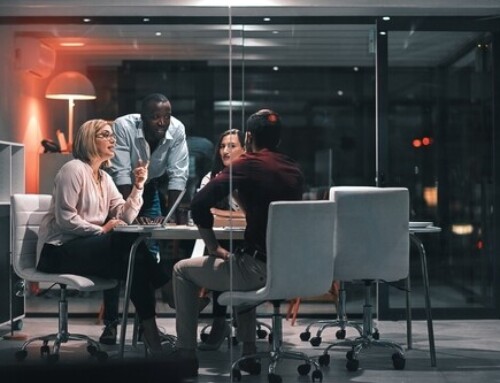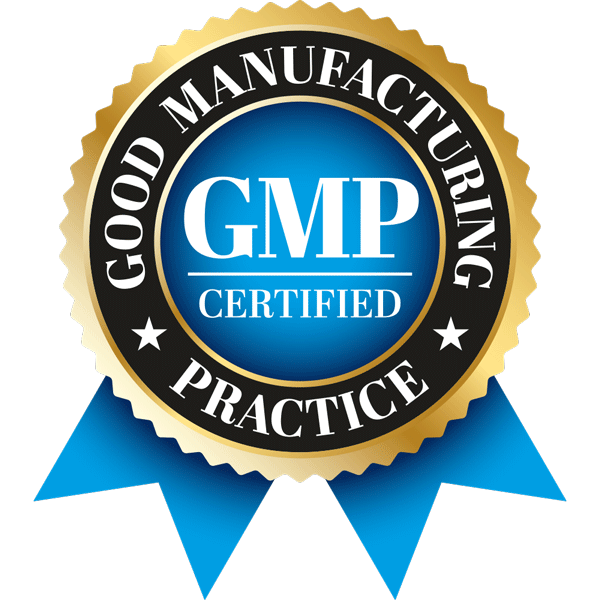
A Comprehensive Guide to Cleanroom Basics
Cleanroom Fundamentals in Pharmaceutical Production
Cleanrooms play a critical role in ensuring the safe and contamination-free production of pharmaceuticals. By maintaining strict control over environmental conditions, these highly regulated spaces help protect products from harmful contaminants like microorganisms, particulates, or other extraneous matter.
The Construction and Qualification of Cleanrooms
Roles and Responsibilities in Cleanroom Construction
During the building of a cleanroom, construction engineers oversee tasks like generating purchase orders for contractors, coordinating schedules, and monitoring progress. They ensure that the room is built to meet current Good Manufacturing Practice (cGMP) standards. To prevent cross-contamination, personnel, material, and waste flow is regulated through defined airlocks.
Cleanroom Classification and Conditions
Cleanrooms are classified into distinct categories based on cleanliness, airflow conditions, and impurity levels. Conditions in these rooms are measured both “At Rest” (equipment off, no personnel) and “In Operation” (equipment on, personnel present).
The Role of Validation Engineers in Cleanroom Readiness
Before a cleanroom becomes operational, validation engineers ensure it is ready for production by evaluating both installation and operational conditions. Installation tests check for smooth, impervious surfaces free of gaps, and materials are validated for qualities such as being non-rusting and resistant to dust or microbial growth.
HEPA Filters and Air Quality
HEPA filters are vital for maintaining air purity in cleanrooms. Validation includes ensuring proper installation and testing operational parameters like airflow, particulate count, and differential pressure to meet cleanroom classification standards.
Contamination Control: Managing Environmental and Personnel Factors
Environmental Controls in Cleanrooms
Controlling the atmosphere, materials, supplies, and entrances/exits of cleanrooms is essential for contamination prevention. Regular cleaning and maintenance play a crucial role in maintaining a sterile environment.
The Importance of Personnel Hygiene
Humans are the biggest source of contamination in cleanrooms. Personnel must follow strict hygiene and gowning procedures to minimize the risk of introducing contaminants into the cleanroom.
Cleaning as a Key Element of Contamination Control
Cleaning is central to contamination control. Specified cleaning agents, tools, and methods must be used according to approved Standard Operating Procedures (SOPs). SOPs dictate what to clean, when to clean, and how frequently, depending on the organization’s unique needs.
Authors: Maria Alvarez, Ryan Khounlo, and Liya Moolayil
Reference: Natural Science Foundation – Cleanroom Basics, Controlling the Environment




